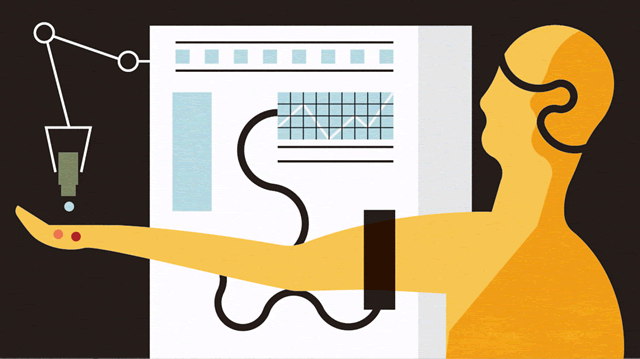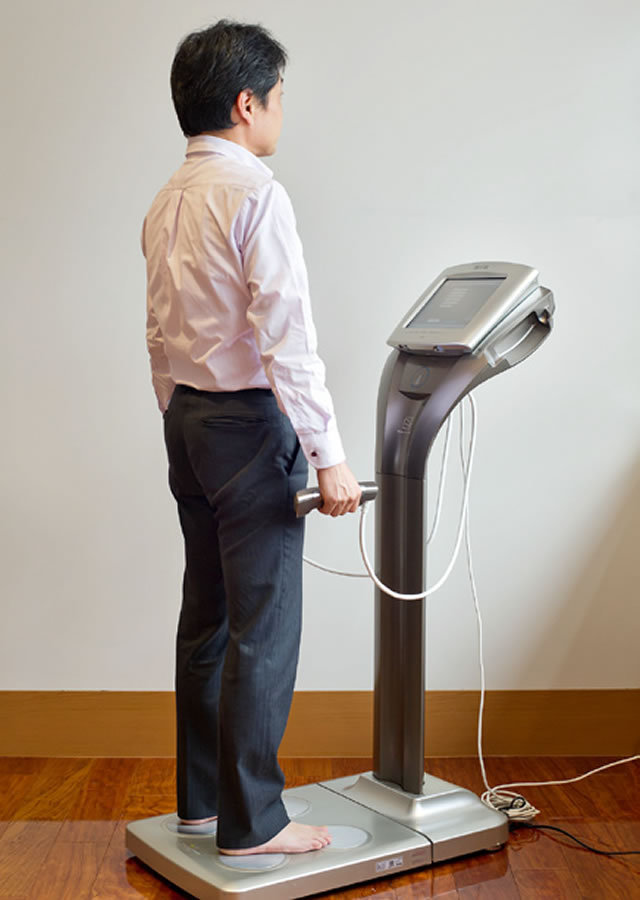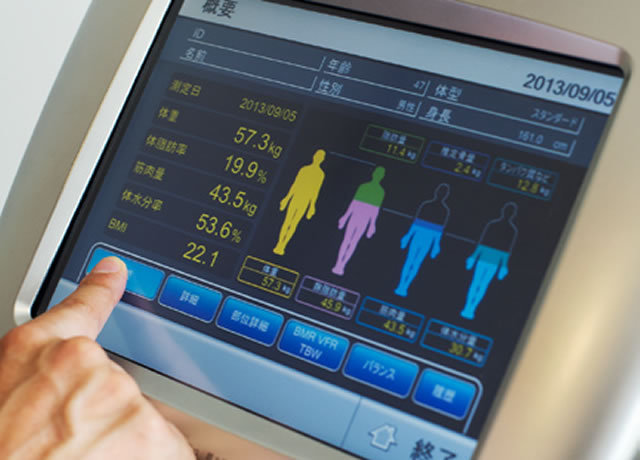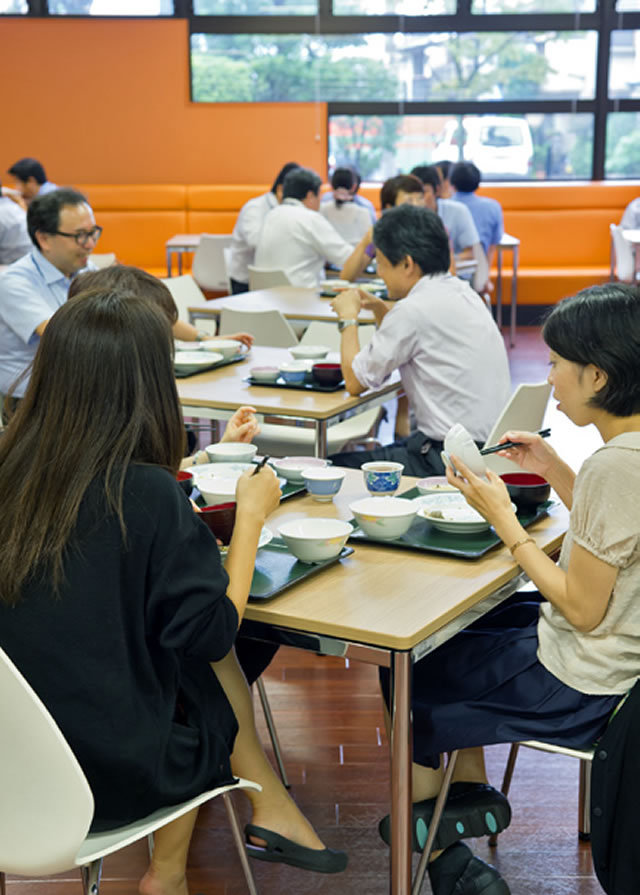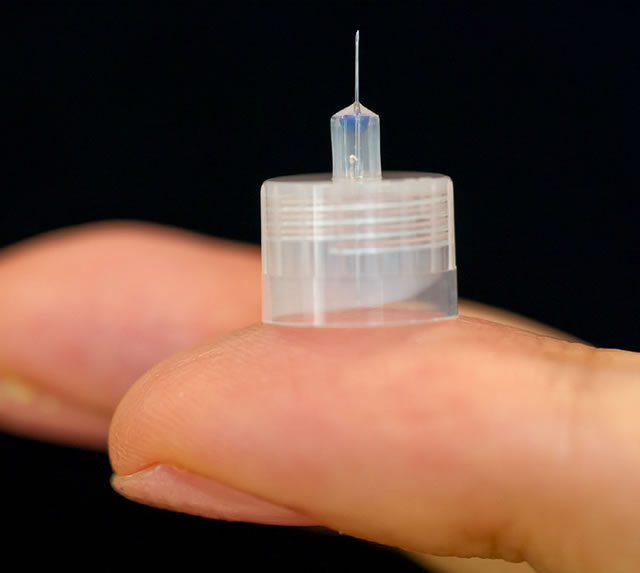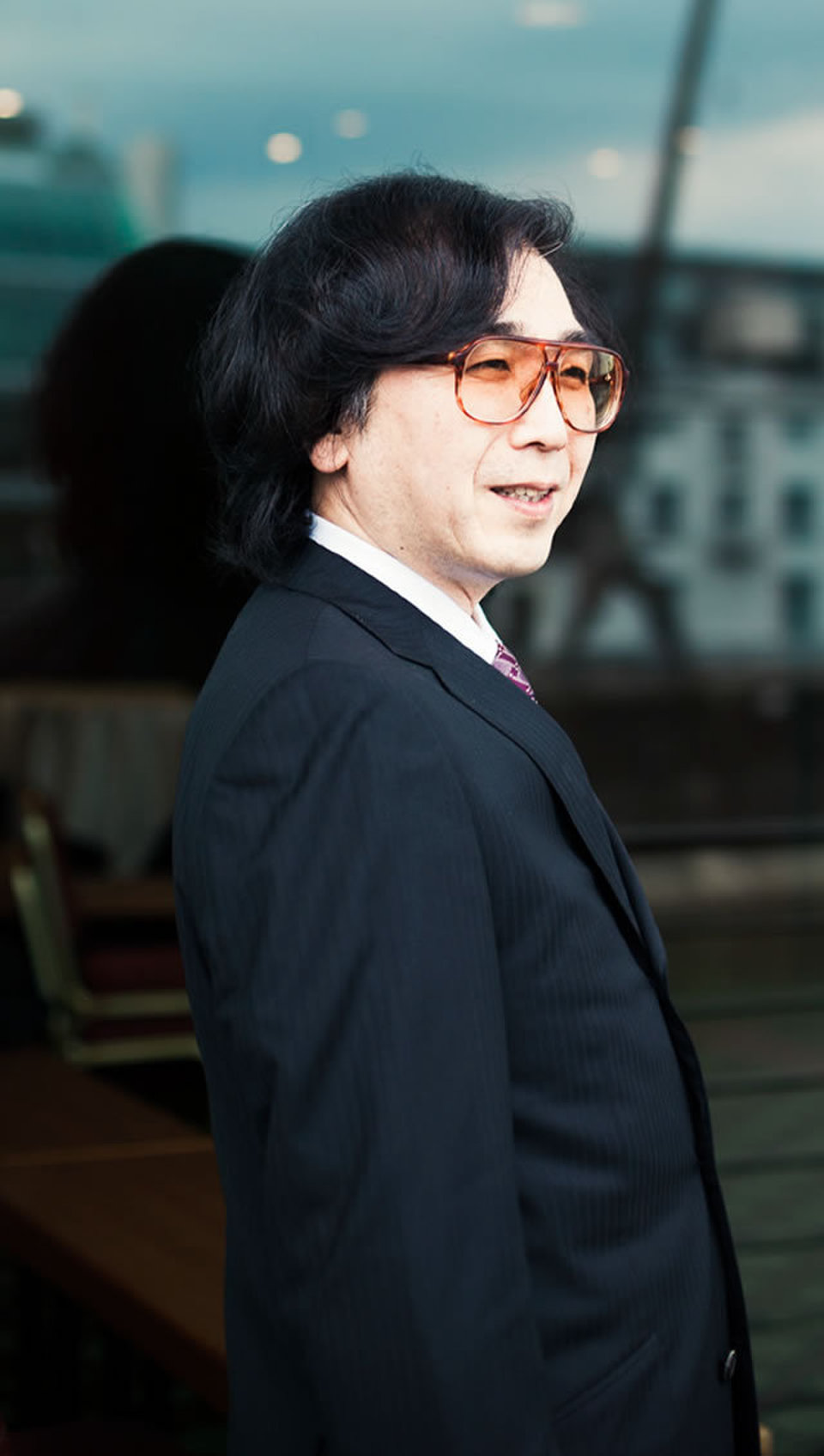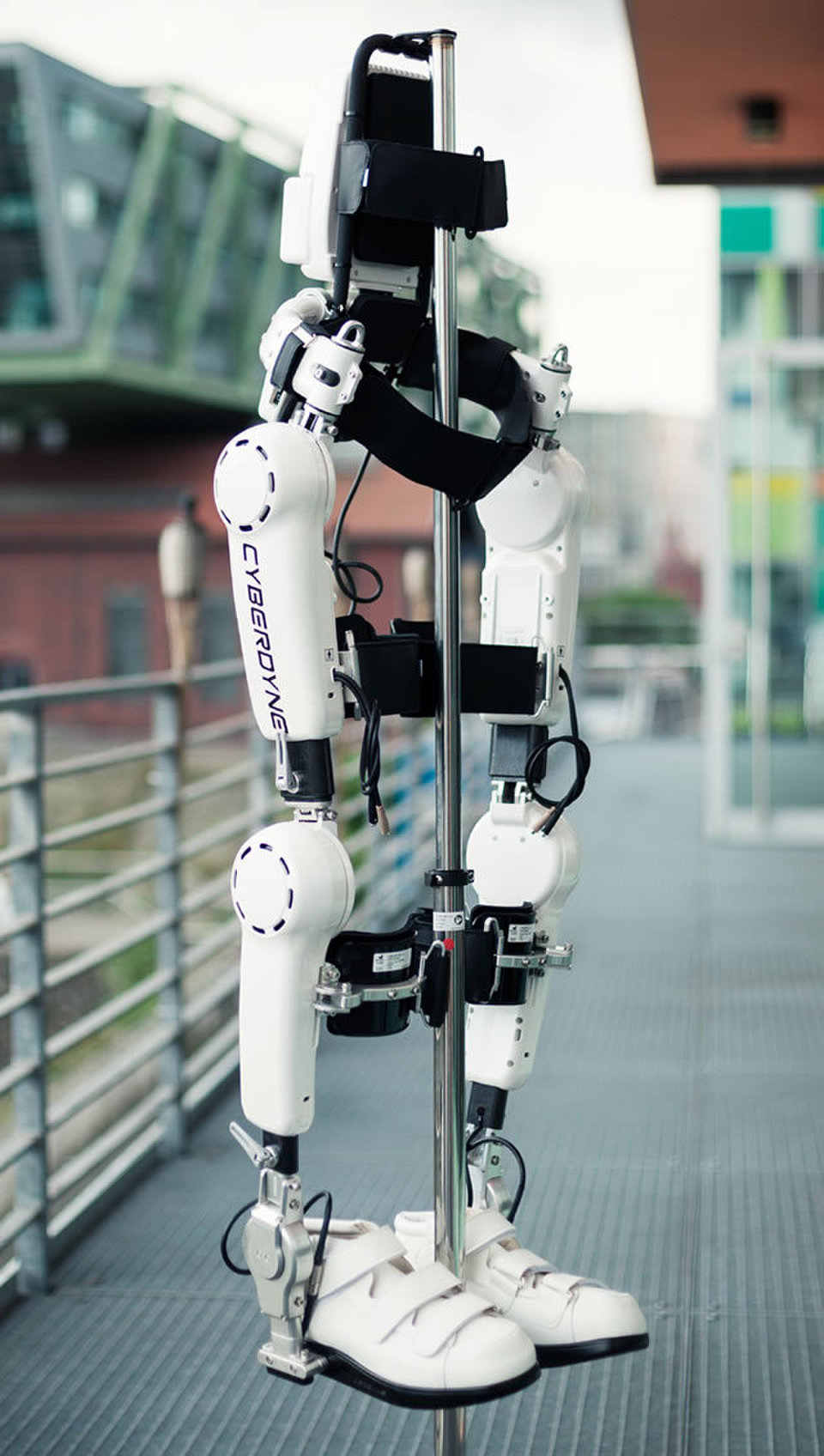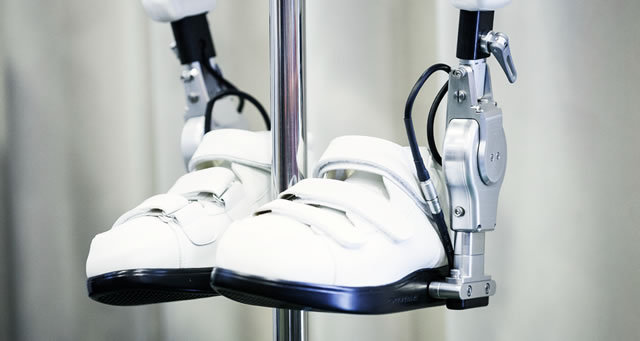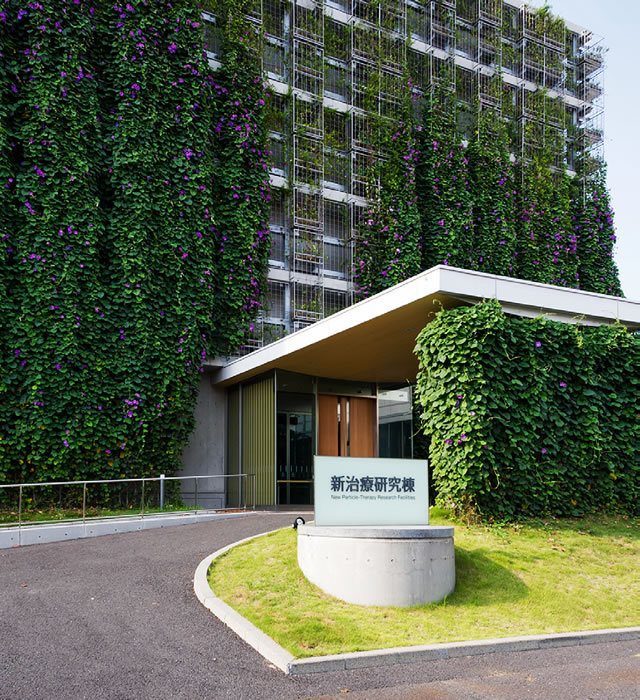Japan takes a holistic approach to medical advances. Robots are being created to assist overworked doctors, the operation of CT scanners is being improved and promising treatments for cancer and other diseases are being researched.
NURSING-CARE ROBOTS
Curative contraptions
Nursing-care robots are set to meet a shortage of staff in Japan's healthcare sector. Over the next five years, the Ministry of Economy, Trade and Industry plans to extend financial support to businesses and universities with good ideas in this area; this year the ministry is spending ¥2.4bn on subsidies for best-in-industry technologies. Examples so far have included smart sensors for doctors to keep an eye on dementia patients at home, wearable robotic gear to help elderly patients get around and hi-tech slings for caregivers to move patients from their beds.
meti.go.jp/english/index.html
NUTRITION
Health at work
At electronic scale maker Tanita, the company motto is "Prevent obesity" ? and the Tokyo firm practises what it preaches. Staff eat tasty, low-calorie meals in the canteen and carry pedometers that send information on body fat and other criteria from electronic scales around the office.
"You start making healthier choices about your own lifestyle," says spokeswoman Mie Fukuoka. Recently the canteen chief and nutritionist Nanako Ogino wrote a bestselling cookbook on low-calorie meals that led to a movie deal, and the company opened Tanita Shokudo, a restaurant that serves the canteen's meals.
tanita.co.jp
OPHTHALMOLOGY
Sight saving
When Kyoto University scientist Shinya Yamanaka won the Nobel Prize for medicine in 2012, it brought worldwide attention to Japan's pioneering work in stem-cell research.
Stem cells from the body can be reprogrammed into different types, becoming the starter material for new body tissue in transplants and treatments. At the Riken Center for Developmental Biology in Kobe, ophthalmologist Masayo Takahashi has become the first in the world to begin tests to determine whether eye tissue grown from induced pluripotent stem cells (iPS) – taken from a patient's skin – can reverse the damage to sight caused by age-related macular degeneration.
Working with the Institute for Biomedical Research and Innovation and the Kobe City Medical Center General Hospital, Takahashi hopes to show that transplants with regenerated retinas are safe and effective enough to be used on humans. Once she's made that breakthrough, she intends to make the treatment widely available to patients within a decade.
riken.jp/en/research/labs/cdb/retin_regen
CRAFTSMANSHIP
Fine tuning
Several years ago, researchers at medicalequipment manufacturer Terumo set themselves an ambitious challenge: to develop a needle so small that injections would become painless.
They're getting closer. Since 2005 the Tokyo-based firm has sold Nanopass, a short needle that tapers to a finer tip than conventional syringe needles. Making the needle required an innovative approach, with laserwelding technology usually used on cars, precision equipment favoured by watchmakers and hi-tech metal-sharpening knowhow all involved.
terumo.com
Q&A
Yoshiyuki Sankai PRESIDENT AND CEO, CYBERDYNE
Question: What's Hal and where are you marketing it?
Yoshiyuki Sankai: Hal is a pair of robotic legs that's meant to assist walking and aid motor-neuron recovery. We're the first to crack the market: this year we have certification from the German healthcare system.
Q: Do you consider yourself a scientist or a businessman?
YS: I am a scientist who has had to learn the ways of business. There are many robotic systems being developed in Japan but only a few are for practical use and even fewer have medical applications.
cyberdyne.jp/english
CANCERTREATMENT
Targeted therapy
At Japan's top cancertreatment centres, researchers have spent two decades working on carbon ion radiotherapy, an innovative method that uses a beam of ions to zap cancers with little damage to healthy cells. The effort has been led by the National Institute of Radiological Sciences where physicians have treated 6,000 patients, some with tumors that couldn't be removed through surgery.
The treatment has a particular benefit: shorter hospital visits. “In some cases the treatment is just one day”, says Tadashi Kamada, director of the institute's Research Centre for Charged Particle Therapy.
nirs.go.jp/ENG/index.shtml
DIPLOMACY
Global reach
Japan's leader has taken on a new role: pitching Japanese products during state visits. For a trip to Moscow in 2013, prime minister Shinzo Abe took along Sumitomo Heavy Industries executives to promote their state-of-theart boron neutron capture therapy system, a device used to treat cancer.
PM Abe has also reached a pact with the United Arab Emirates to dispatch doctors, export medical equipment and open a medical centre offering particle radiotherapy for cancer patients, as well as agreeing to co-operate with Saudi Arabia in the medical-services sector.































































































































